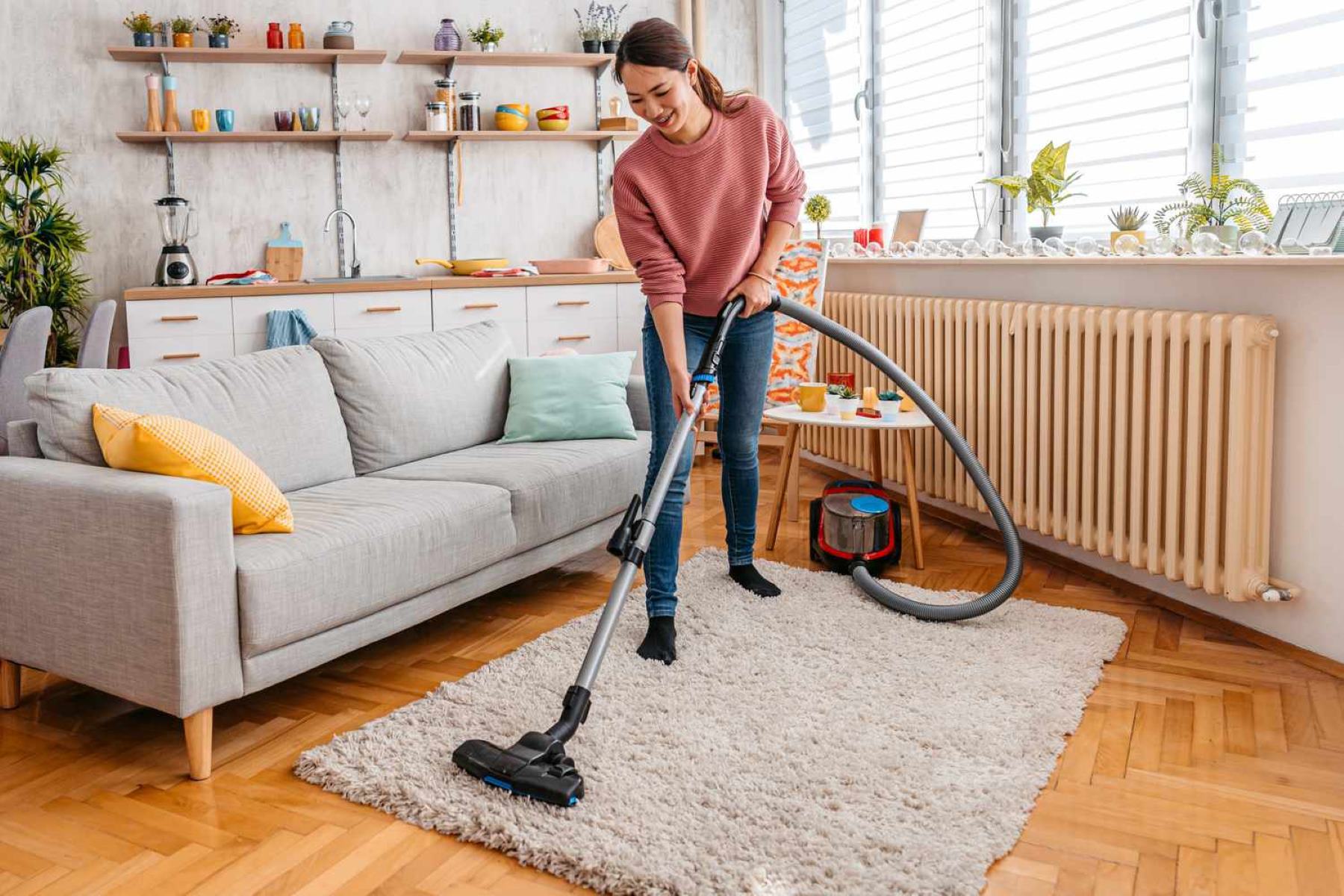

Articles
How Do You Clean Rugs
Modified: January 19, 2024
Discover effective methods and techniques for cleaning rugs in our comprehensive collection of informative articles. Enhance the longevity and beauty of your rugs with expert cleaning tips.
(Many of the links in this article redirect to a specific reviewed product. Your purchase of these products through affiliate links helps to generate commission for Storables.com, at no extra cost. Learn more)
Introduction
Rugs can add warmth, comfort, and style to any room. However, they also tend to accumulate dirt, dust, stains, and odors over time. Regular cleaning is necessary to keep your rugs looking their best and to maintain a healthy living environment.
In this article, we will explore the different types of rugs and the best methods for cleaning them. We will cover everything from basic vacuuming to deep cleaning techniques. We will also discuss natural rug cleaning solutions that you can try at home. By the end of this article, you will have a comprehensive understanding of how to clean your rugs effectively.
Key Takeaways:
- Regular vacuuming, spot cleaning, and deep cleaning are essential for maintaining clean and healthy rugs. Understanding the type of rug and using natural cleaning solutions can prolong its lifespan and keep it looking its best.
- Proper preparation, thorough drying, and regular maintenance are key to preserving the appearance and longevity of your rugs. Consulting professional rug cleaning services when needed ensures effective and safe rejuvenation.
Read more: How Do You Clean Polypropylene Rugs
Types of Rugs
Rugs come in various materials, styles, and sizes. Understanding the type of rug you have is essential as different materials require specific cleaning methods. Here are some common types of rugs:
- Wool Rugs: Wool rugs are durable and known for their natural stain resistance. They can be vacuumed and spot cleaned easily. However, it is important to avoid wet cleaning methods as they may cause shrinkage or damage to the fibers.
- Cotton Rugs: Cotton rugs are soft and absorbent. They are generally machine washable, making them easy to clean. However, it is important to check the care label as some cotton rugs may require gentle hand washing or professional cleaning.
- Synthetic Rugs: Synthetic rugs, such as polyester and nylon, are popular for their affordability and durability. They are resistant to staining and fading, making them low maintenance. Vacuuming and spot cleaning are usually sufficient for synthetic rugs, but check the care instructions for specific recommendations.
- Silk Rugs: Silk rugs are luxurious and delicate. They require special care and should be cleaned by professionals experienced in handling silk rugs. Avoid DIY cleaning methods to prevent any damage to the delicate fibers.
- Jute and Sisal Rugs: Jute and sisal rugs are made from natural fibers and add a rustic touch to any space. They can be vacuumed regularly and spot cleaned with mild solutions. However, they are not suitable for wet cleaning methods as excessive moisture can cause the fibers to weaken or warp.
These are just a few examples of the many types of rugs available. It is important to identify the material of your rug and read the care label or manufacturer’s instructions for the best cleaning guidance.
Preparing for Rug Cleaning
Before you begin the cleaning process, it is important to prepare the rug properly. Proper preparation ensures that you achieve the best results and prevent any damage to the rug. Here are some steps to follow when preparing for rug cleaning:
- Check for Colorfastness: Before using any cleaning solution or method, it is crucial to test the rug for colorfastness. Choose an inconspicuous area of the rug and apply a small amount of the cleaning solution. Blot it with a clean white cloth and check if any color transfer occurs. If the colors remain intact, you can proceed with cleaning the entire rug.
- Remove Loose Debris: Start by removing loose debris from the rug’s surface. Use a vacuum cleaner with a brush attachment to gently vacuum the rug and remove any dust, dirt, or pet hair. You can also use a soft-bristle brush or broom to loosen any embedded dirt.
- Clear the Area: It is advisable to clear the area where the rug will be cleaned. Move any furniture or objects that may obstruct the cleaning process. This will allow you to clean the entire rug thoroughly and avoid any potential accidents or damage.
- Treat Stains and Spills: If there are any visible stains or spills on the rug, it is best to treat them before proceeding with the cleaning. Blot the stain gently with a clean cloth or paper towel to absorb any excess liquid. Avoid rubbing the stain, as it may cause it to spread or set deeper into the fibers. There are various spot-cleaning solutions available for different types of stains, such as mild detergent, vinegar, or specialized rug stain removers. Follow the instructions carefully to remove the stain effectively.
- Check for Damaged Areas: Take a close look at the rug and check for any signs of damage, such as loose threads, fraying, or holes. If you notice any damage, it is recommended to repair it before cleaning the rug. Damaged areas can worsen during the cleaning process, so it is best to address them beforehand.
By following these steps, you can ensure that your rug is properly prepared for the cleaning process. Taking the time to prepare the rug will lead to more effective cleaning and ultimately prolong the life of your rug.
Vacuuming the Rug
Vacuuming is a crucial step in maintaining the cleanliness and longevity of your rug. Regular vacuuming helps remove surface dirt, dust, and allergens, preventing them from settling deep into the fibers. Here are some tips for effectively vacuuming your rug:
- Choose the Right Vacuum: Select a vacuum cleaner that is suitable for the type of rug you have. For delicate rugs, such as silk or antique rugs, consider using a vacuum with adjustable suction or a handheld vacuum with a soft brush attachment. For standard rugs, a regular upright or canister vacuum with a rotating brush is usually sufficient.
- Adjust the Height: Adjust the height setting of your vacuum to the appropriate level for your rug. The brush or beater bar should lightly touch the rug’s fibers without causing any excessive pressure or friction. This ensures effective cleaning without potentially damaging the rug.
- Clean in Different Directions: To thoroughly clean the rug, vacuum in different directions. This helps loosen and remove embedded dirt and debris from all angles. Start by vacuuming in one direction, then switch to a perpendicular direction for a comprehensive clean. For high-pile rugs, it may be necessary to vacuum multiple times to ensure thorough cleaning.
- Pay Attention to Edges and Corners: Use the vacuum’s attachments or a handheld vacuum to clean the edges and corners of the rug. These areas tend to accumulate more dirt and debris, so give them extra attention. Be gentle to avoid damaging the rug’s edges.
- Vacuum Both Sides: If your rug is reversible, flip it over and vacuum the underside as well. This helps remove any trapped dirt and dust that may have settled on the reverse side. Cleaning both sides of the rug helps maintain its cleanliness and prolong its lifespan.
- Regularly Clean the Vacuum: Check and empty the vacuum’s canister or change the bag regularly to maintain optimal suction power. This prevents any debris from being reintroduced onto the rug during future vacuuming sessions.
By following these vacuuming tips, you can effectively remove surface dirt and debris from your rug. Regular vacuuming not only keeps your rug looking clean but also helps maintain its overall condition for years to come.
Spot Cleaning
Accidents happen, and sometimes your rug may experience spills, spots, or stains. Spot cleaning is the process of targeting and treating these specific areas to minimize or remove the damage. Here are some steps to effectively spot clean your rug:
- Act Quickly: It’s important to address spots and stains as soon as possible to prevent them from setting into the rug’s fibers. The longer a stain sits, the more difficult it becomes to remove.
- Blot, Don’t Rub: When dealing with a fresh spill or stain, use a clean white cloth or paper towel to gently blot the area. Avoid rubbing the stain, as this can push it deeper into the rug or cause it to spread. Blotting helps absorb the liquid and prevents it from spreading further.
- Test Cleaning Solutions: Before applying any cleaning solution to the stained area, it’s important to test it on an inconspicuous part of the rug. This will ensure that the solution doesn’t cause any discoloration or damage to the fibers. Wait for a few minutes and check for any adverse reactions. If there are no negative effects, proceed with the cleaning solution.
- Choose the Right Cleaning Solution: Different stains may require specific cleaning solutions. Here are a few common homemade cleaning solutions for spot cleaning:
- Mild Detergent Solution: Mix a few drops of mild liquid detergent with warm water. Apply the solution to the stain and gently blot with a clean cloth.
- Vinegar Solution: Mix equal parts of white vinegar and water. Apply the solution to the stained area and blot gently.
- Baking Soda Paste: Create a paste by mixing baking soda with water. Apply the paste to the stain, let it sit for a few hours, and then vacuum it up.
- Hydrogen Peroxide Solution: This is effective for removing tough stains like red wine or blood. Apply a small amount of hydrogen peroxide to the stain, let it sit for a few minutes, and then blot it gently.
- Blot and Repeat: After applying the cleaning solution, continue to blot the stain gently with a clean cloth. Repeat the process until the stain lightens or is completely removed. Remember to blot, not rub.
- Rinse and Dry: Once the stain is removed, rinse the area with water to remove any residue from the cleaning solution. Blot the area with a clean cloth to soak up the excess moisture. Allow the spot to air dry completely before using the rug again.
Spot cleaning can help address spills and stains promptly, ensuring that your rug remains in good condition. However, if a stain is particularly stubborn or extensive, it may be best to seek professional rug cleaning services to avoid any potential damage to the rug.
Read more: How Do You Clean Oriental Rugs
Deep Cleaning Methods
While regular vacuuming and spot cleaning go a long way, deep cleaning your rug on a periodic basis is essential to remove built-up dirt, allergens, and stains that may have penetrated deeper into the fibers. Here are two effective deep cleaning methods for rugs:
- Steam Cleaning: Steam cleaning, also known as hot water extraction, is a popular and effective method for deep cleaning rugs. It involves using hot water and a specialized rug cleaning solution to penetrate the fibers and lift dirt and grime. Here’s how to steam clean a rug:
- Preparation: Start by preparing the room and clearing the area around the rug. Remove any furniture or objects that may obstruct the cleaning process.
- Vacuum: Vacuum the rug thoroughly to remove loose dirt and debris. This step helps prevent the rug from becoming saturated with dirt during the steam cleaning process.
- Pre-Treatment: If there are any stubborn stains, pre-treat them with an appropriate spot-cleaning solution and follow the instructions for the specific stain remover.
- Steam Cleaner Setup: Fill the steam cleaner with hot water and the recommended amount of rug cleaning solution. Follow the manufacturer’s instructions for setting up the steam cleaner.
- Steam Cleaning: Slowly run the steam cleaner over the entire rug, starting from one corner and moving steadily towards the opposite end. Be sure to work in small sections, allowing the steam to penetrate the fibers thoroughly.
- Rinse: After you have steam cleaned the entire rug, go over it again using only hot water to rinse away any remaining cleaning solution.
- Drying: Properly ventilate the room and allow the rug to air dry completely. Avoid walking on the rug until it is fully dry to prevent any potential damage.
- Dry Cleaning: Dry cleaning is another effective deep cleaning method for rugs. It involves using a dry cleaning powder or foam that encapsulates dirt and stains, which are then vacuumed away. Here’s how to dry clean a rug:
- Preparation: Clear the area around the rug and remove any furniture or objects.
- Test the Dry Cleaning Product: Before applying the dry cleaning solution to the entire rug, test it on a small, inconspicuous area to ensure it does not discolor or damage the fibers.
- Apply the Dry Cleaning Product: Sprinkle the dry cleaning powder evenly over the rug’s surface or apply the dry cleaning foam as directed by the product’s instructions.
- Brush and Wait: Using a soft-bristle brush or a clean cloth, gently work the dry cleaning product into the rug’s fibers. Allow it to sit for the specified amount of time, usually around 15-30 minutes, to absorb dirt and stains.
- Vacuum: Use a vacuum cleaner with a brush attachment to thoroughly vacuum the rug, removing the dry cleaning powder or foam. Work in different directions to ensure all residue is removed.
- Inspect and Repeat: After vacuuming, inspect the rug to see if any stubborn stains remain. If necessary, repeat the process on those areas until the stains are lifted.
- Drying: Allow the rug to air dry completely before placing furniture back on it or using it.
Both steam cleaning and dry cleaning methods can effectively deep clean your rug and revitalize its appearance. Consider the type of rug you have and its specific cleaning requirements when choosing which method to use. If you are unsure or have valuable or delicate rugs, it is wise to consult professional rug cleaning services for expert guidance.
Vacuum your rug regularly to remove dirt and debris. For deeper cleaning, use a carpet shampoo or hire a professional rug cleaner. Always check the care instructions for your specific rug type.
Steam Cleaning
Steam cleaning, also known as hot water extraction, is a highly effective method for deep cleaning rugs. Using hot water and a specialized cleaning solution, steam cleaning can penetrate deep into the rug fibers, removing dirt, allergens, and tough stains. Here’s a step-by-step guide on how to steam clean a rug:
- Preparation: Start by preparing the room where the rug will be steam cleaned. Clear the area of any furniture or objects that may obstruct the cleaning process.
- Vacuum: Before steam cleaning, thoroughly vacuum the rug to remove loose dirt and debris. This step helps prevent the rug from becoming saturated with dirt during the steam cleaning process.
- Pre-Treatment: If there are any stubborn stains on the rug, pre-treat them with an appropriate spot-cleaning solution. Follow the instructions for the specific stain remover and allow it to sit for the recommended amount of time.
- Steam Cleaner Setup: Fill the steam cleaner with hot water and the recommended amount of rug cleaning solution. Follow the manufacturer’s instructions for setting up the steam cleaner, including attaching the appropriate cleaning wand or nozzle.
- Test in an Inconspicuous Area: Before starting the steam cleaning process on the entire rug, it is advisable to test the cleaning solution and equipment in an inconspicuous area. This ensures that the rug’s colors and fibers are not adversely affected by the steam cleaning process.
- Steam Cleaning: Start at one corner of the rug and slowly run the steam cleaner over the entire surface. Work in small sections, allowing the steam and cleaning solution to penetrate the fibers thoroughly. Use overlapping strokes to ensure all areas are covered.
- Rinse: Once you have steam cleaned the entire rug, go over it again using only hot water. This rinse step helps remove any remaining cleaning solution from the rug.
- Drying: Properly ventilate the room after steam cleaning to allow for optimal drying. Open windows, turn on fans, or use a dehumidifier to speed up the drying process. Avoid walking on the rug until it is fully dry to prevent any potential damage.
Steam cleaning is an effective method for deep cleaning rugs and can revitalize their appearance. It helps remove embedded dirt and stains, provide a thorough cleaning of the rug fibers, and eliminate allergens trapped within the rug. However, it is essential to follow the manufacturer’s instructions and take necessary precautions, such as testing in an inconspicuous area and using the appropriate cleaning solutions, to avoid any potential damage to the rug.
Dry Cleaning
Dry cleaning is a method commonly used to deep clean rugs, especially those that are delicate or made of natural fibers. This process involves using a dry cleaning powder or foam that encapsulates dirt and stains, which are then vacuumed away. Here’s a step-by-step guide on how to dry clean a rug:
- Preparation: Clear the area around the rug, removing any furniture or objects that may interfere with the cleaning process.
- Test the Dry Cleaning Product: Before applying the dry cleaning solution to the entire rug, it’s important to test it on a small, inconspicuous area. This test will ensure that the dry cleaning product doesn’t cause any discoloration or damage to the rug’s fibers.
- Apply the Dry Cleaning Product: Sprinkle the dry cleaning powder evenly over the entire surface of the rug or apply the dry cleaning foam as directed by the product’s instructions.
- Brush and Wait: Using a soft-bristle brush or a clean cloth, gently work the dry cleaning product into the rug’s fibers. Allow the product to sit for the recommended amount of time, typically around 15-30 minutes. This allows the dry cleaning solution to absorb dirt and stains from the rug.
- Vacuum: After the recommended waiting time has elapsed, use a vacuum cleaner with a brush attachment to thoroughly vacuum the rug. Work in different directions to ensure that all the dry cleaning powder or foam is fully extracted from the rug’s fibers.
- Inspect and Repeat: After vacuuming, inspect the rug to see if any stubborn stains remain. If necessary, repeat the dry cleaning process on those areas until the stains are lifted.
- Drying: Allow the rug to air dry completely before placing furniture back on it or using it. Proper ventilation in the room will help expedite the drying process.
Dry cleaning is an effective method for deep cleaning rugs, particularly those that are delicate or cannot withstand wet cleaning methods. The dry cleaning powder or foam effectively attracts and encapsulates dirt and stains, allowing for their easy removal upon vacuuming. This method is gentle on the rug’s fibers, making it a suitable choice for various types of rugs. However, it’s important to follow the instructions provided by the dry cleaning product and ensure proper ventilation for drying purposes.
Natural Rug Cleaning Solutions
Using natural cleaning solutions to clean your rugs not only helps to maintain a clean and fresh environment but also avoids the use of harsh chemicals. These natural alternatives are effective for removing dirt, stains, and odors from your rugs. Here are some natural rug cleaning solutions you can try:
- Vinegar: Vinegar is a versatile and budget-friendly natural cleaner that can be used for various cleaning purposes, including rug cleaning. Mix equal parts of white vinegar and water in a spray bottle. Spray the solution onto the stained area of the rug and gently blot it with a clean cloth. Vinegar helps to dissolve stains and neutralize odors.
- Baking Soda: Baking soda is another natural cleaning powerhouse that can help eliminate odors and lift stains from your rugs. Sprinkle a generous amount of baking soda onto the rug, focusing on areas with stains or odors. Let it sit for several hours or overnight, then vacuum the baking soda thoroughly to remove it along with the absorbed dirt and odors.
- Lemon Juice: Lemon juice is effective for brightening and freshening rugs. Mix fresh lemon juice with water and spray it onto the rug’s surface. Leave it for a few minutes to allow the lemon juice to penetrate the fibers, then blot the area with a clean cloth. Lemon juice is particularly effective for removing stains caused by wine or fruit juice.
- Hydrogen Peroxide: Hydrogen peroxide is a natural bleach alternative that can tackle tough stains. Mix a small amount of hydrogen peroxide with water and apply it to the stained area. Let it sit for a few minutes, then blot the stain with a clean cloth. Be cautious when using hydrogen peroxide on colored rugs, as it may cause fading or discoloration.
- Club Soda: Club soda is a handy natural cleaner for fresh spills or stains. Pour club soda directly onto the stained area and let it fizz for a moment. Blot the area with a clean cloth to lift the stain. It works well for stains like coffee, tea, or wine.
- Cornstarch: Cornstarch is excellent for absorbing grease or oil stains from rugs. Sprinkle cornstarch directly onto the stained area and let it sit for a few hours. Gently brush off the cornstarch and vacuum the residue. Repeat the process if needed until the stains are lifted.
These natural rug cleaning solutions are effective alternatives to chemical cleaners. They are safe to use, environmentally friendly, and often found in common households. However, it’s always a good idea to test these solutions on a small, inconspicuous area of the rug first to ensure they don’t cause any damage or discoloration.
Remember, prevention is better than cure. Regular vacuuming and addressing stains and spills promptly are key to keeping your rugs clean and prolonging their lifespan. When natural cleaning solutions are not sufficient, consider consulting professional rug cleaners who specialize in eco-friendly cleaning methods.
Read more: How Do You Clean Moroccan Rugs
Drying the Rug
Properly drying your rug after cleaning is crucial to prevent mold and mildew growth, maintain its shape, and avoid any potential damage. Here are some steps to ensure your rug dries thoroughly:
- Remove Excess Moisture: After cleaning your rug, use a clean, dry cloth to blot any excess moisture. Gently press the cloth onto the surface of the rug, absorbing as much water as possible. Be careful not to rub or scrub the rug, as this can damage the fibers.
- Air Circulation: Proper air circulation is essential for the drying process. Choose a well-ventilated area with good airflow for drying your rug. Open windows, turn on fans, or use a dehumidifier to enhance air circulation. This helps evaporate the moisture from the rug more quickly.
- Hang the Rug: If your rug is small enough and made of a material that can be hung, consider hanging it outside to dry. Ensure that the area is shaded to prevent direct exposure to sunlight, which may cause fading or damage to certain types of rugs. Use a sturdy clothesline or rug hanger to hang the rug, allowing all sides to dry evenly.
- Elevate the Rug: If hanging the rug is not an option, elevate it off the ground to encourage airflow. Place the rug on an elevated surface, such as a drying rack or clean, dry towels. This allows air to circulate beneath the rug, aiding in the drying process.
- Flip the Rug: If your rug is reversible, flip it over halfway through the drying process. This ensures that both sides of the rug dry evenly and prevents any moisture from being trapped between the layers.
- Patience: Drying a rug thoroughly may take some time, depending on its size, thickness, and the drying conditions. Avoid rushing the process by using excessive heat, as this can damage the rug’s fibers. Allow the rug to air dry naturally until it feels completely dry to the touch.
- Final Inspection: Once the rug is fully dry, inspect it carefully for any remaining moisture or signs of damage. Ensure that there are no damp spots, as these can lead to mold or mildew growth. If the rug is completely dry and in good condition, you can return it to its original location or redecorate the space as desired.
Properly drying your rug ensures its longevity and maintains its appearance. By following these steps and allowing sufficient time for the rug to dry naturally, you can enjoy a clean and refreshed rug without risking any potential damage.
Maintaining a Clean Rug
Maintaining a clean and fresh rug not only enhances the overall aesthetics of your space but also extends the lifespan of the rug. Here are some tips to help you maintain a clean rug:
- Regular Vacuuming: Vacuum your rug at least once a week to remove loose dirt, dust, and allergens. Focus on high-traffic areas, as they tend to accumulate more dirt. Use a vacuum cleaner with adjustable height settings to accommodate different rug pile heights and avoid excessive pressure on the fibers.
- Address Spills and Stains Promptly: Accidents happen, so it’s important to address spills and stains immediately. Blot the affected area with a clean cloth or paper towel to absorb as much liquid as possible. Avoid rubbing the stain, as it may spread or embed it deeper into the rug. Use appropriate spot-cleaning solutions or consult a professional for tough stains.
- Rotate the Rug: To prevent uneven wear, rotate your rug regularly. This helps distribute foot traffic and sun exposure, minimizing potential damage to specific areas of the rug. Rotate the rug 180 degrees or change its position every 6-12 months, depending on the level of usage.
- Protect from Sunlight: Prolonged exposure to direct sunlight can cause fading and damage to your rug. If your rug is in an area with abundant sunlight, use curtains or blinds to block out harmful UV rays during the brightest parts of the day. Alternatively, consider rotating the rug periodically to ensure even exposure.
- Use Rug Pads: Rug pads not only provide cushioning and comfort underfoot but also help anchor the rug in place, preventing sliding or shifting. They also act as a protective barrier between the rug and the floor, reducing wear and tear. Choose a rug pad appropriate for your flooring type and cut it slightly smaller than the rug to ensure it remains concealed.
- Professional Cleaning: While regular maintenance goes a long way, professional rug cleaning is essential to deeply clean and revitalize your rug. It is recommended to have your rug professionally cleaned at least once a year, or more frequently if subjected to heavy use or if you have pets. Professional cleaning removes deep-seated dirt and allergens, rejuvenates the fibers, and helps restore the rug’s original appearance.
- Create a Shoe-Free Zone: Establishing a shoe-free policy in your home helps minimize the amount of dirt and debris brought onto the rug. Encourage family members and guests to remove their shoes at the entrance or provide designated shoe storage near the entryway. This simple habit can significantly reduce the amount of dirt and contaminants that reach your rug.
- Regular Maintenance Checks: Take the time to inspect your rug regularly. Look out for any loose threads, frayed edges, or signs of damage. Addressing these issues promptly can prevent further damage and help maintain the rug’s integrity. Trim loose threads or consult a professional rug repair service for more extensive repairs.
Following these maintenance tips will help keep your rug clean, fresh, and in excellent condition for years to come. A well-maintained rug not only enhances the aesthetic appeal of your space but also provides a healthy and comfortable environment for you and your family to enjoy.
Conclusion
Keeping your rugs clean and well-maintained is essential for both the appearance of your space and the overall health of your living environment. Regular vacuuming, spot cleaning, and deep cleaning techniques are all important aspects of rug maintenance. Additionally, using natural cleaning solutions can provide effective results while avoiding harsh chemicals.
Understanding the type of rug you have and following specific cleaning instructions for that particular material is crucial to prevent damage and to ensure longevity. Whether it’s wool, cotton, synthetic, silk, or natural fiber rugs like jute or sisal, each requires specific care and cleaning methods.
Proper preparation before cleaning, such as checking for colorfastness and removing loose debris, sets the foundation for effective rug cleaning. Vacuuming and spot cleaning address day-to-day dirt and stains, while deep cleaning methods like steam cleaning or dry cleaning offer a more thorough rejuvenation.
Rugs should be dried properly to prevent mold and mildew growth, which can be achieved by ensuring air circulation and allowing sufficient drying time. Maintaining a clean rug also involves regular maintenance, such as rotating the rug, using rug pads, and addressing spills and stains promptly.
When necessary, consulting professional rug cleaning services can help ensure the best results, especially for delicate or valuable rugs. They have the expertise and specialized equipment to provide thorough cleaning without causing damage.
By following these guidelines and investing time and effort in rug cleaning and maintenance, you can enjoy clean, fresh rugs that enhance the beauty of your home and provide a hygienic living environment for your family and guests.
Frequently Asked Questions about How Do You Clean Rugs
Was this page helpful?
At Storables.com, we guarantee accurate and reliable information. Our content, validated by Expert Board Contributors, is crafted following stringent Editorial Policies. We're committed to providing you with well-researched, expert-backed insights for all your informational needs.
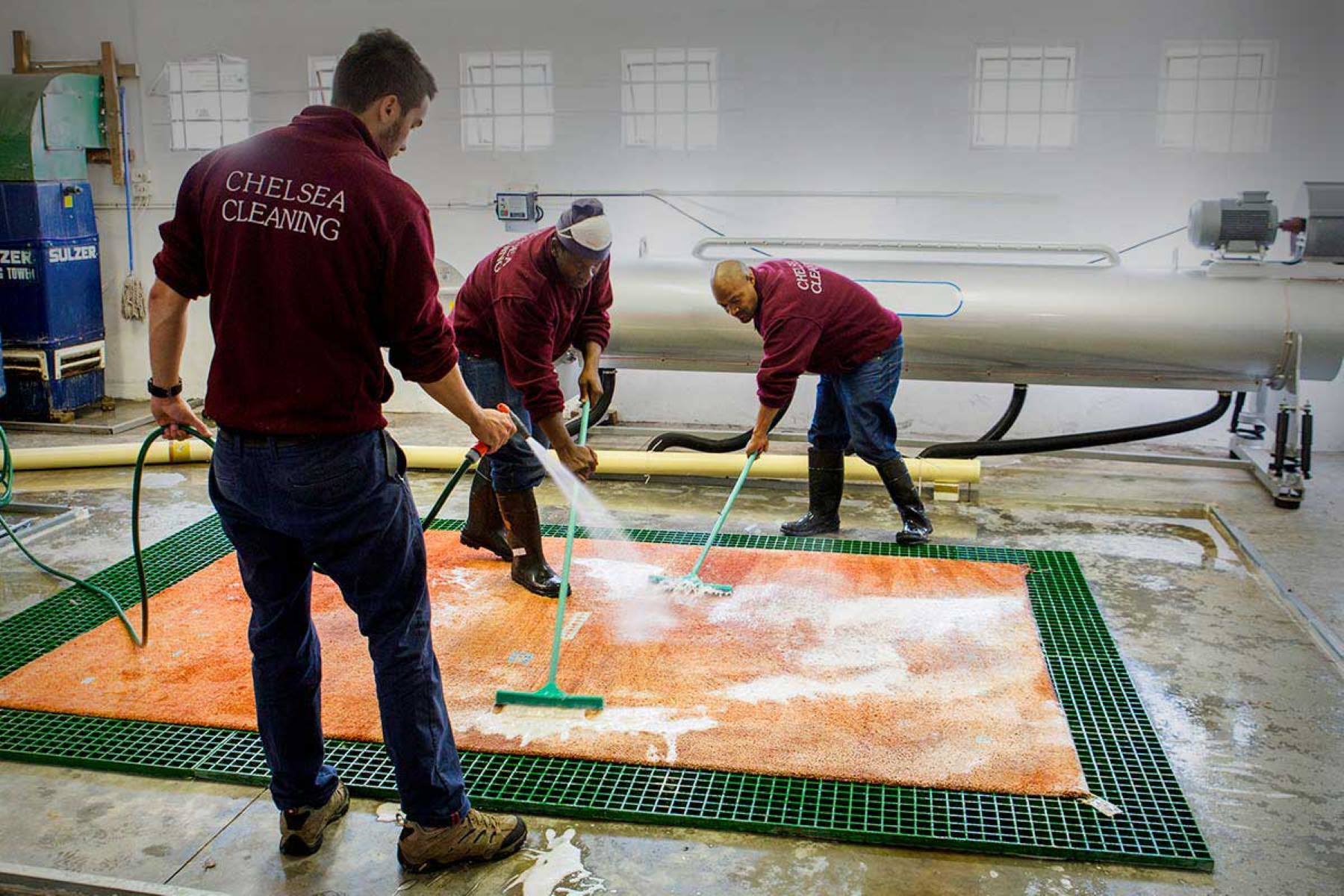

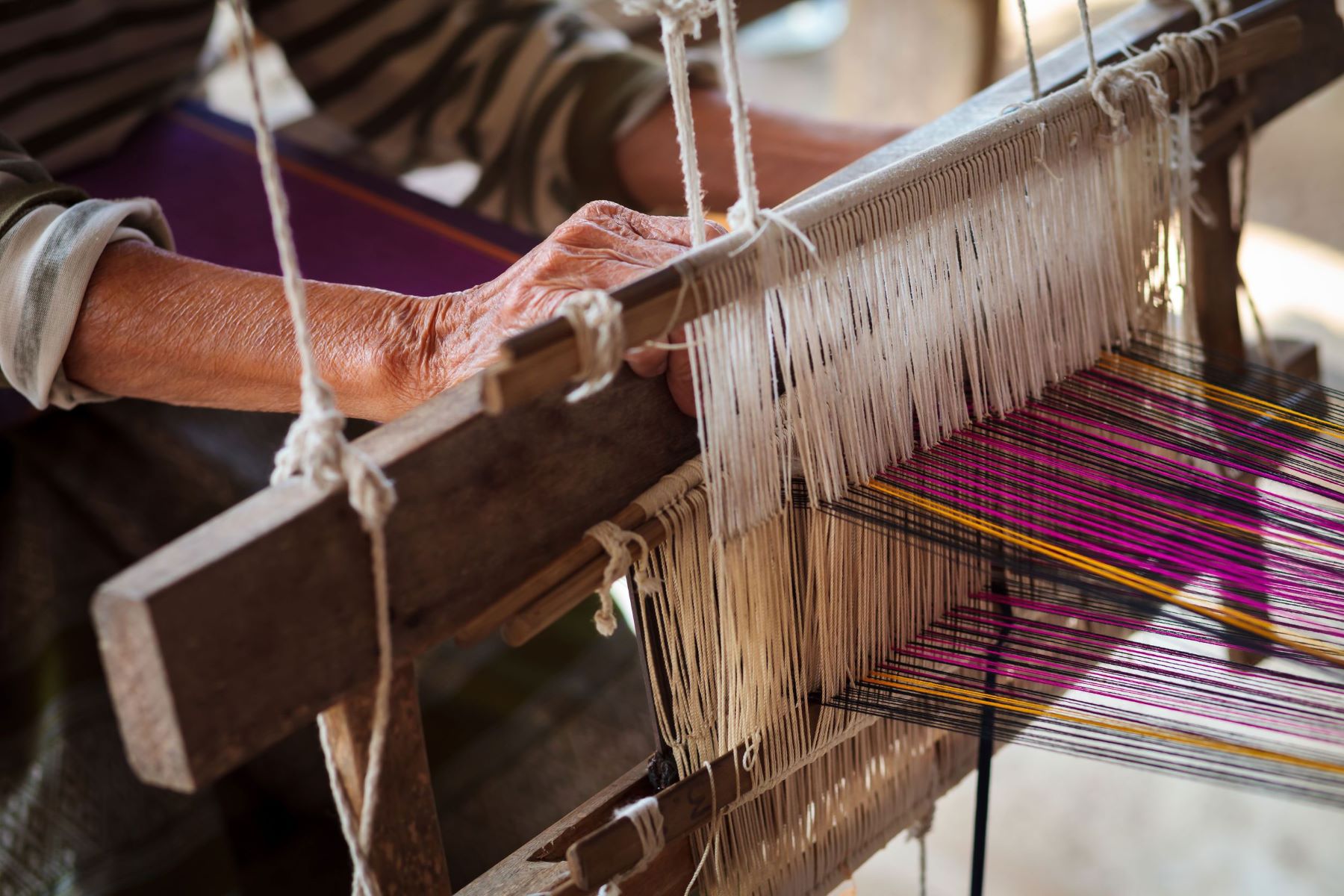
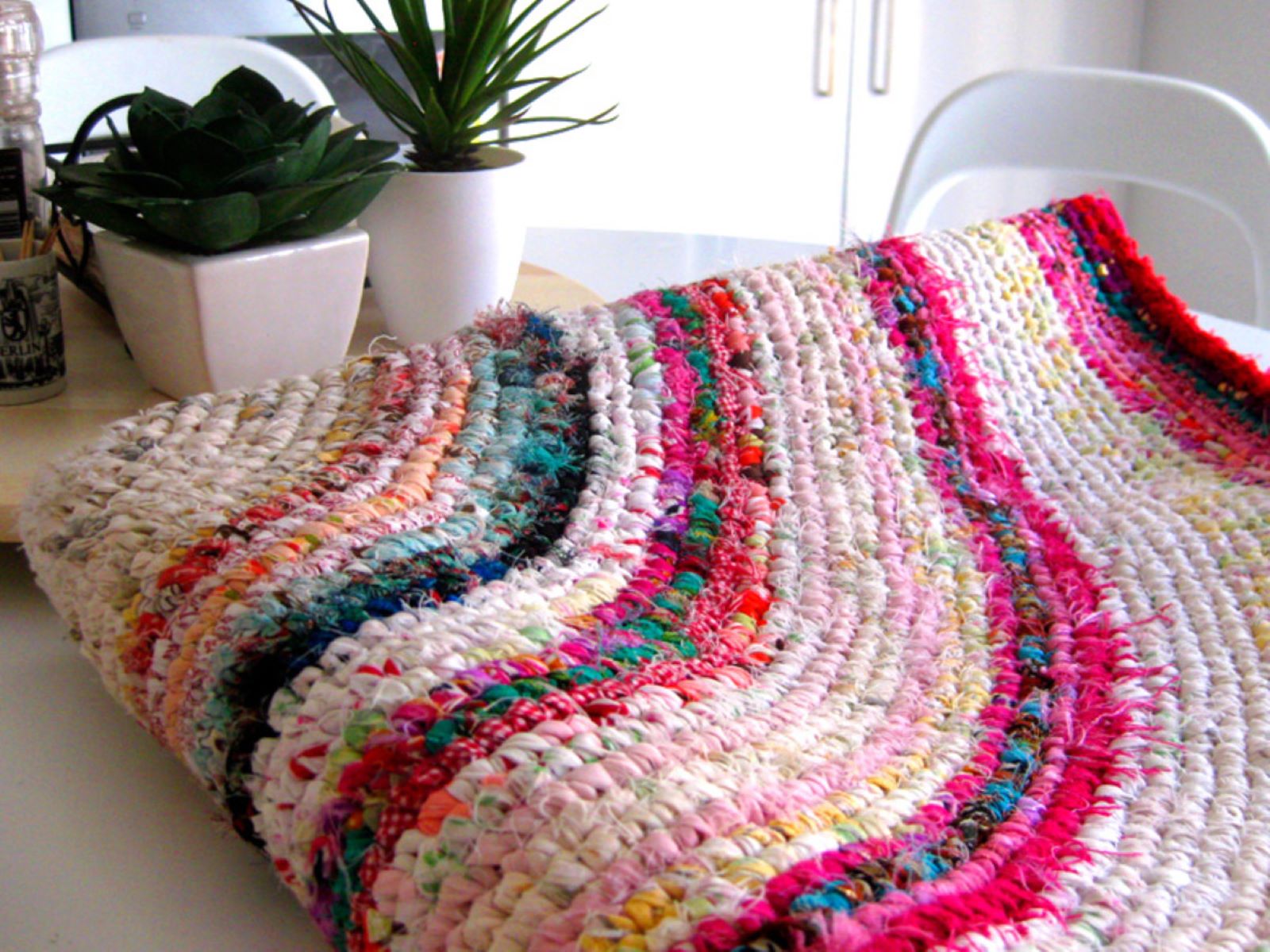
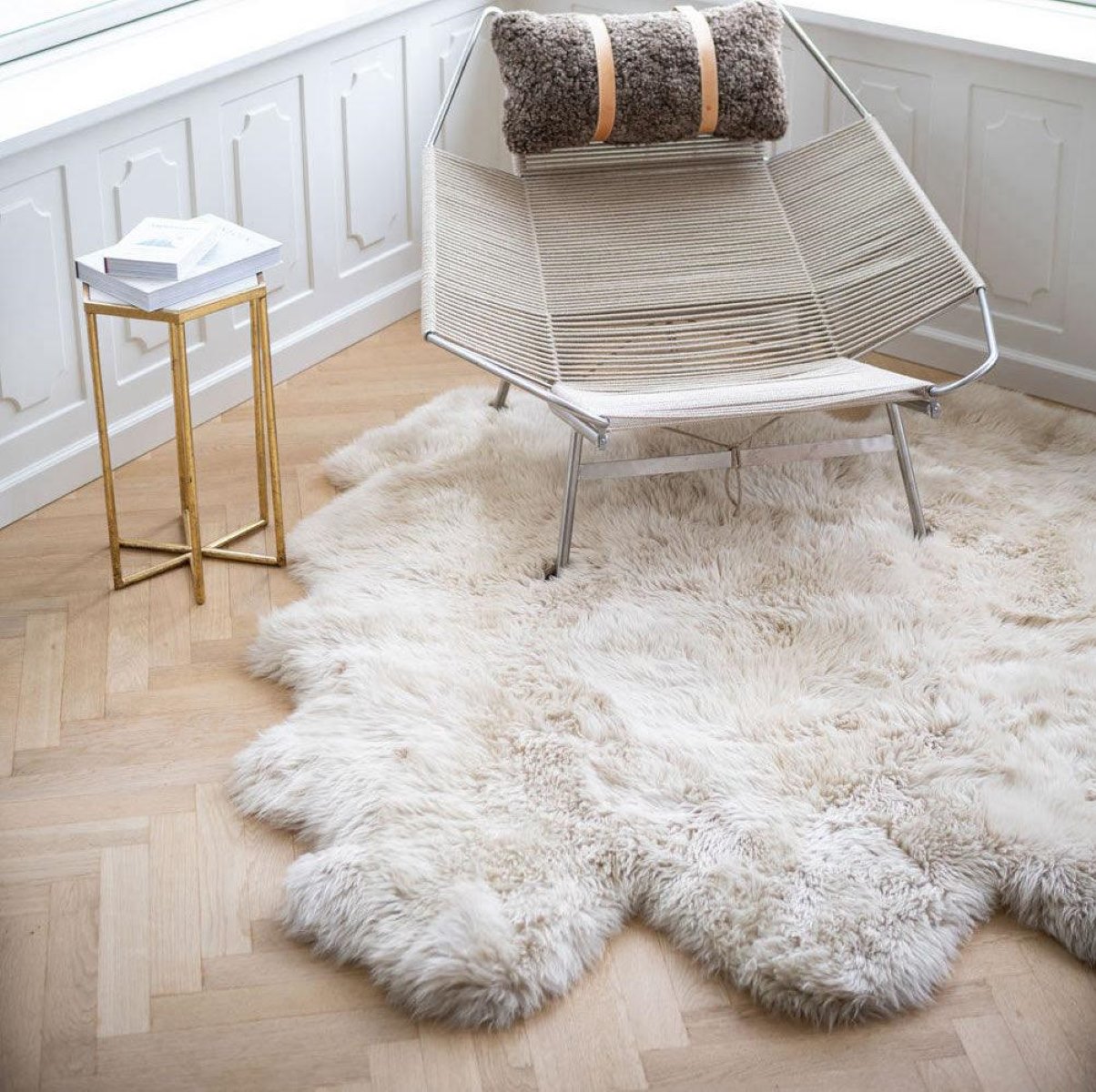
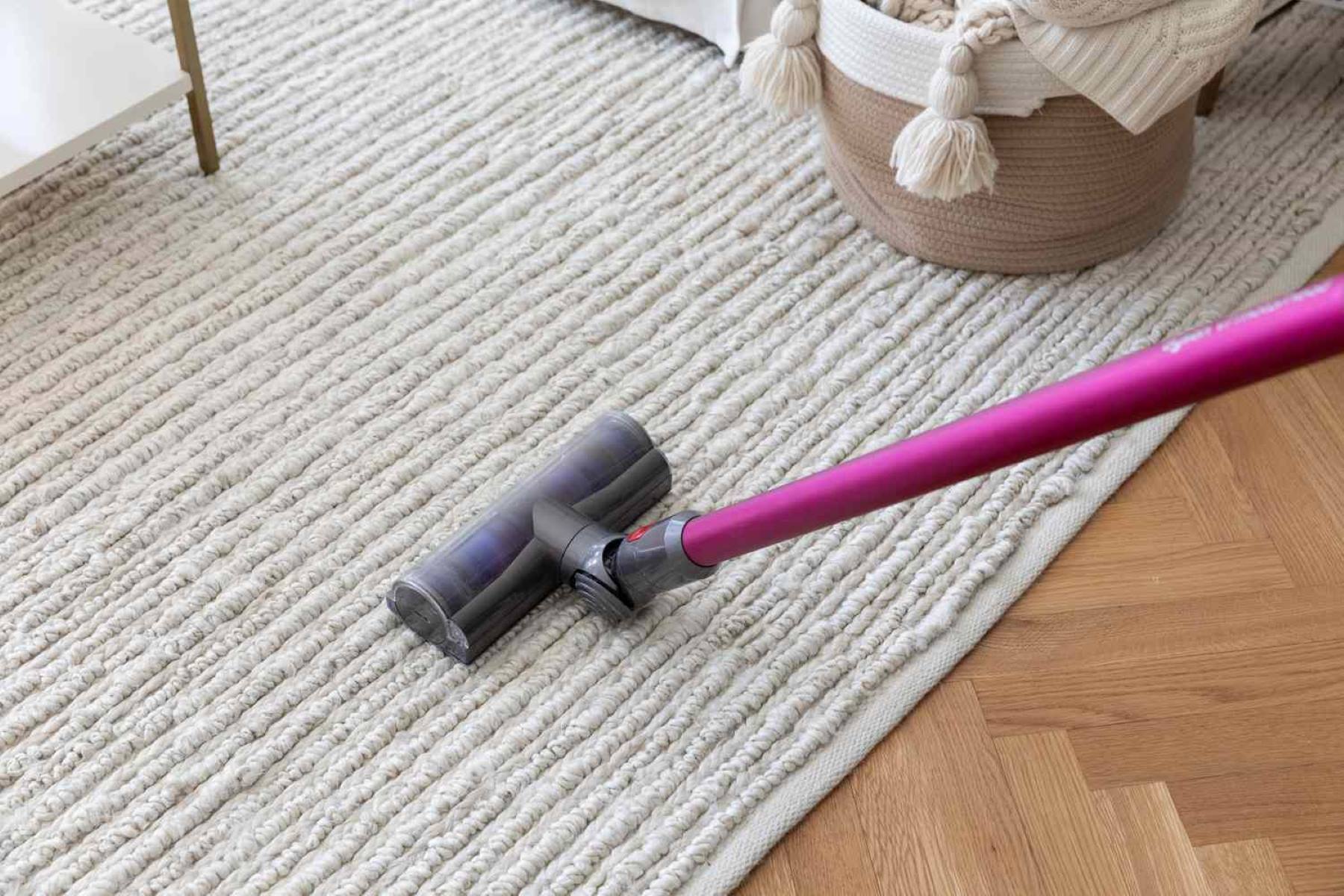
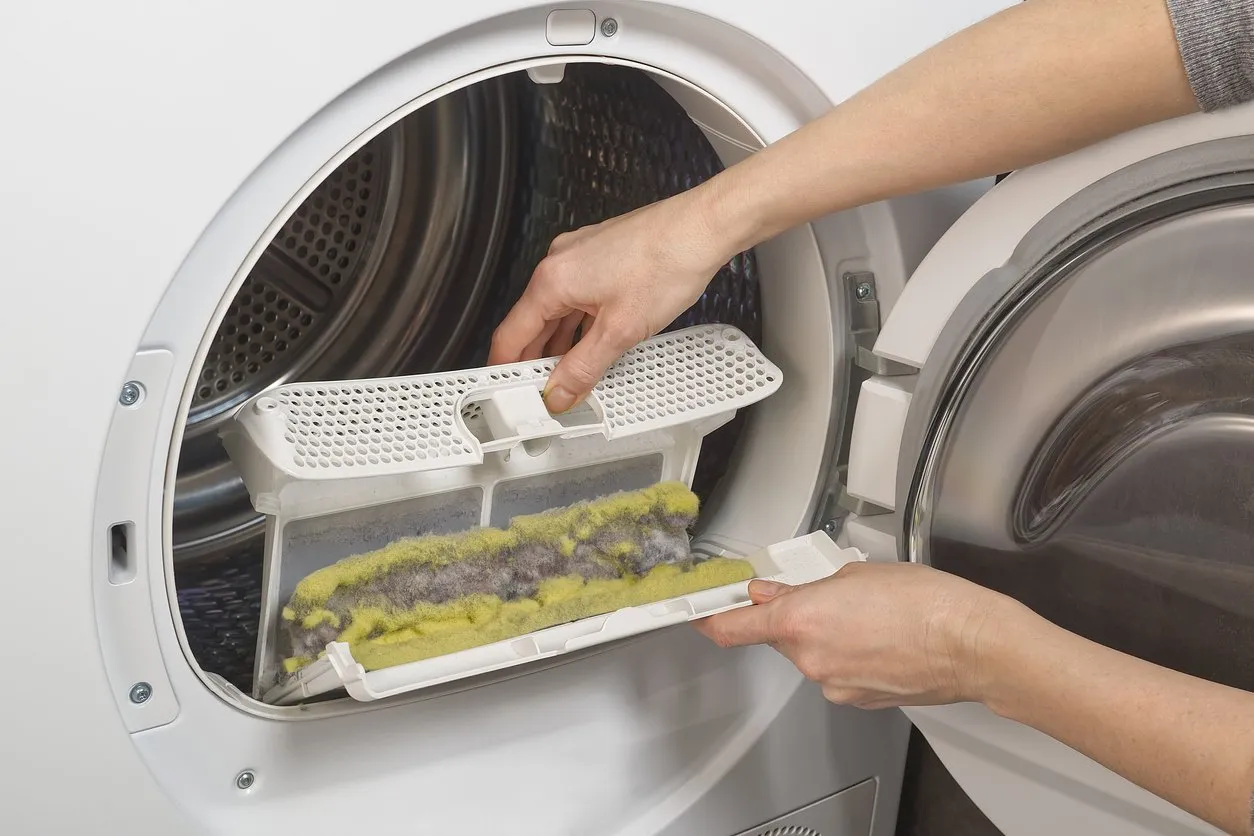
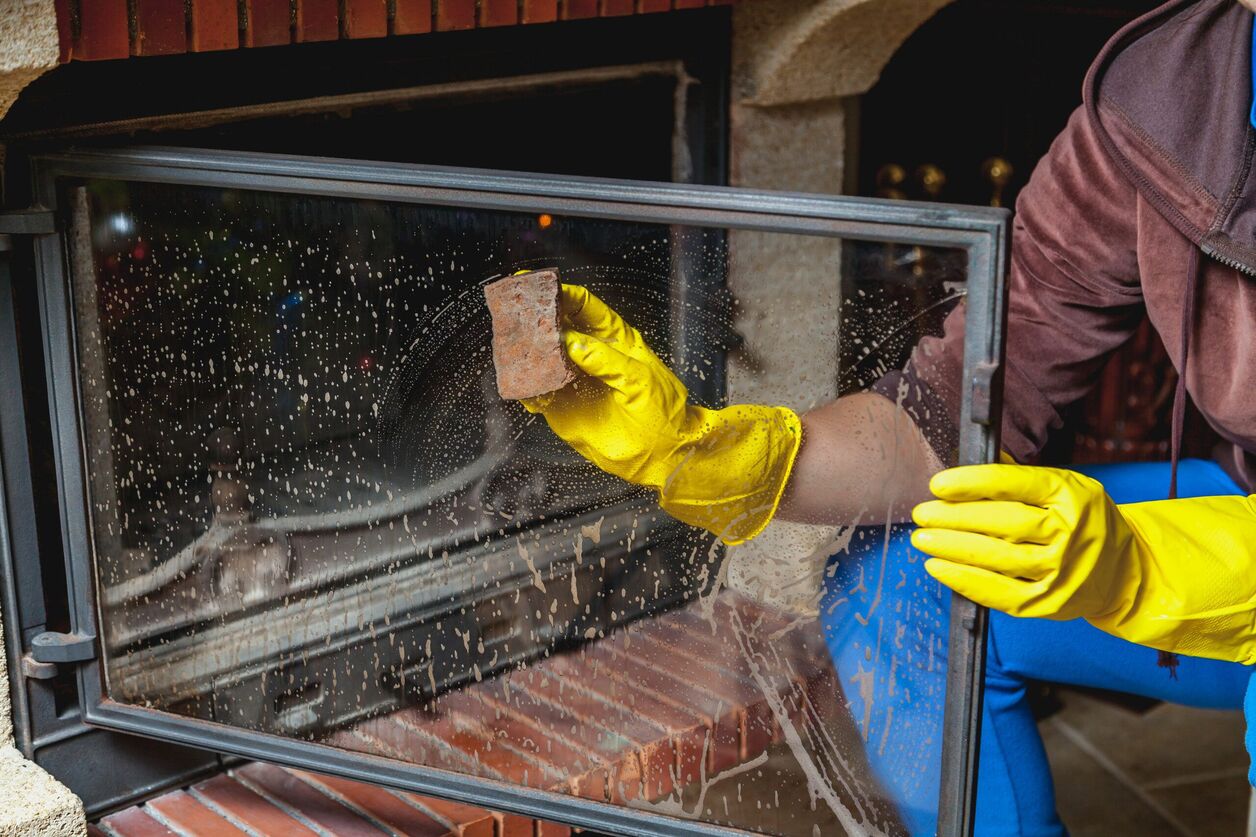
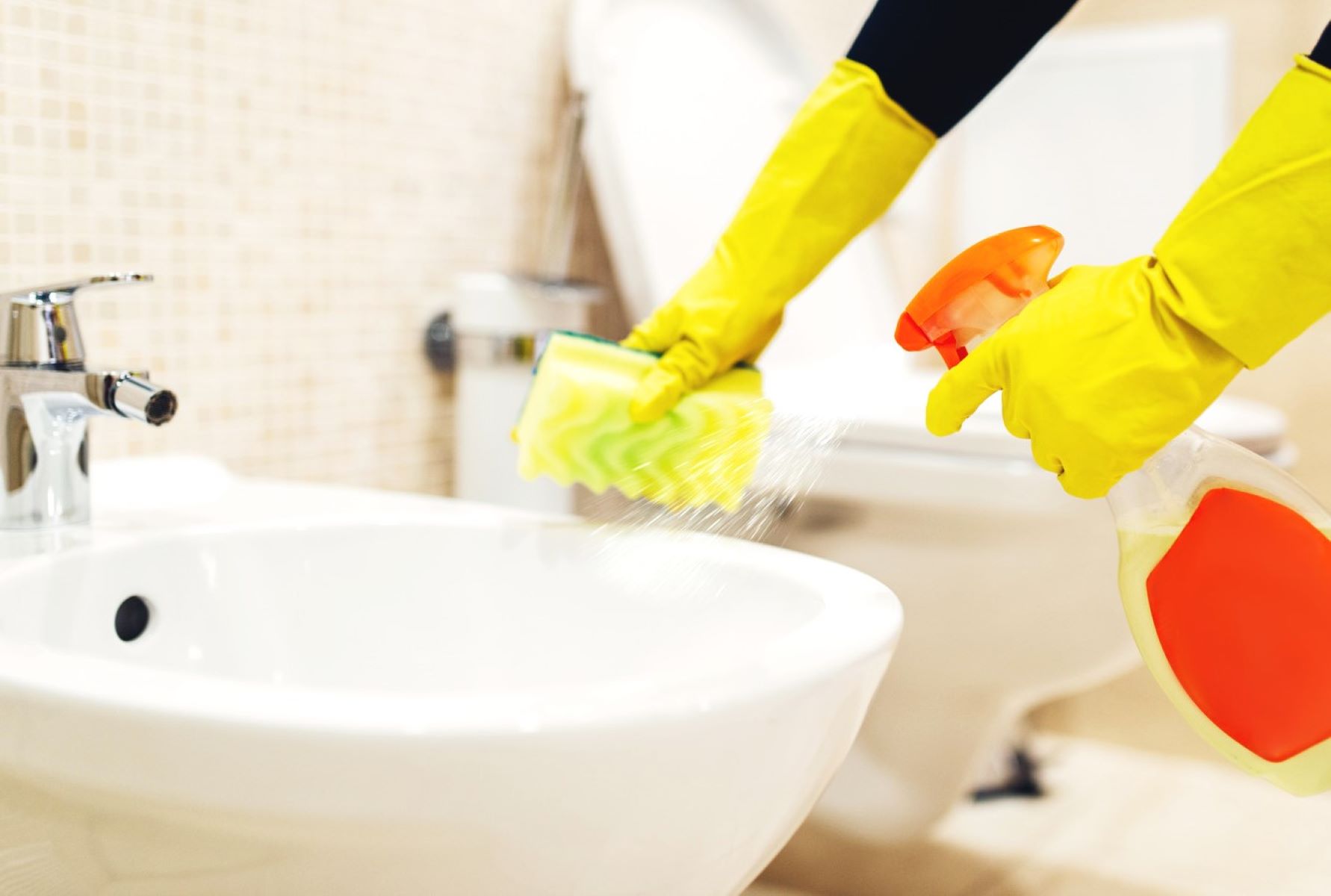
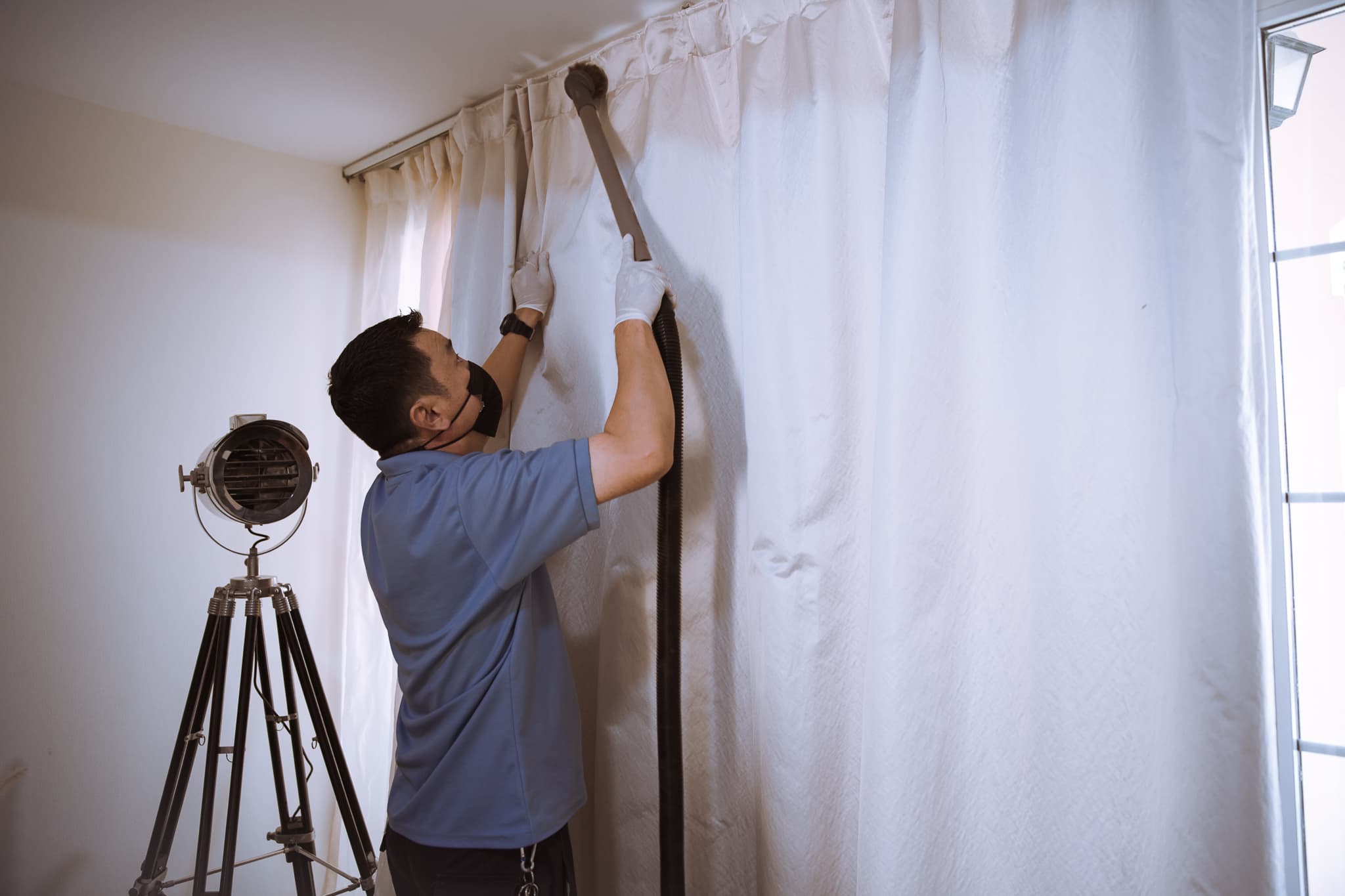

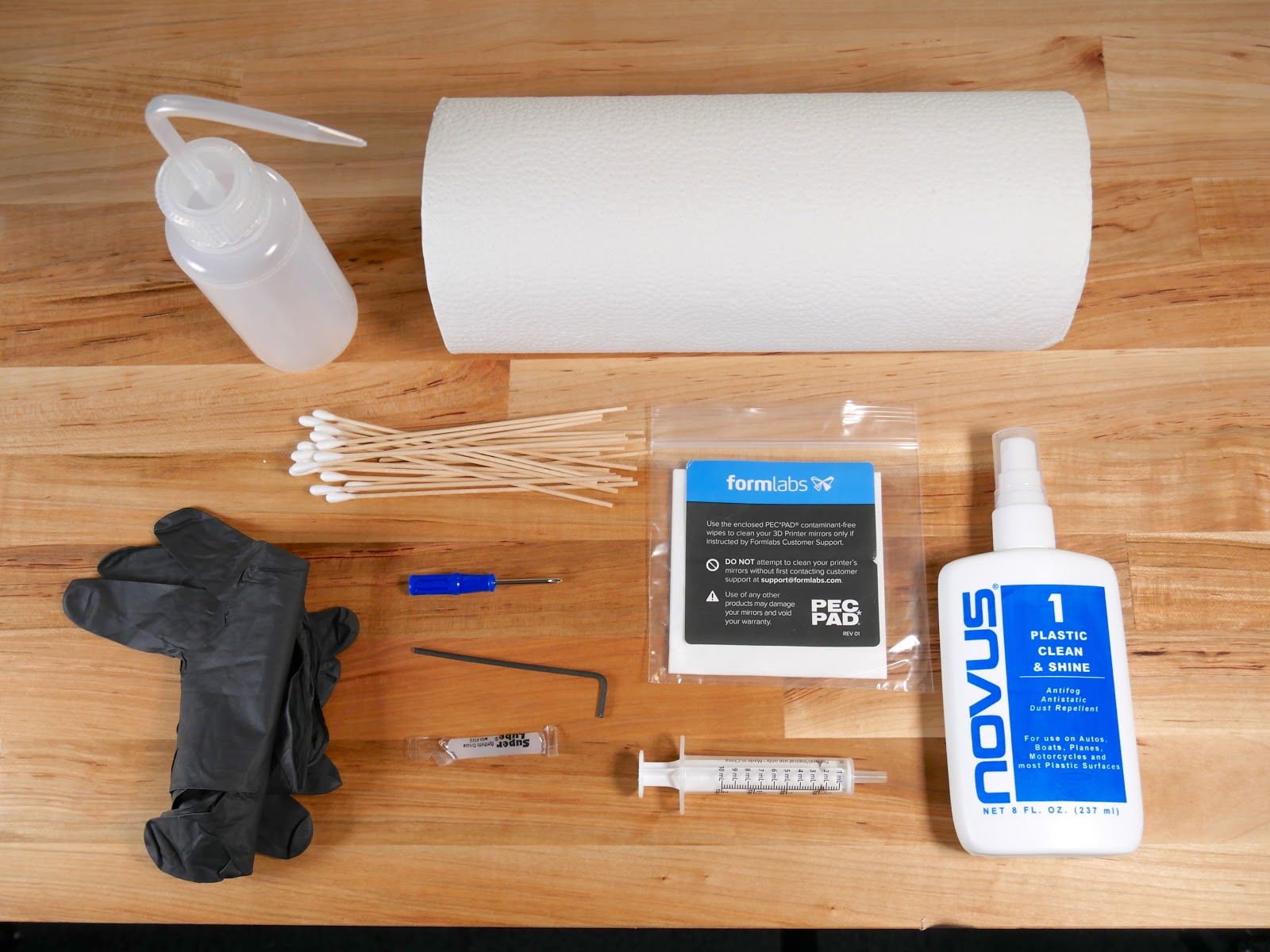


0 thoughts on “How Do You Clean Rugs”